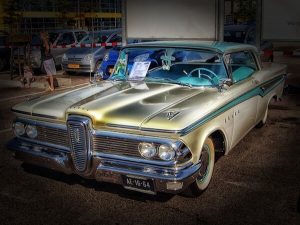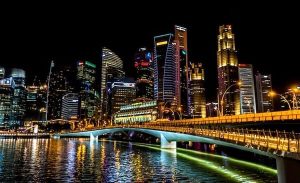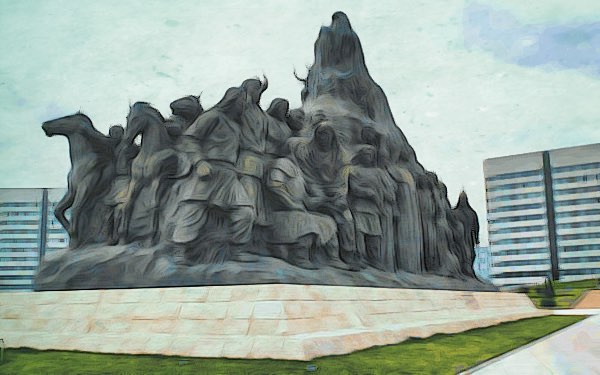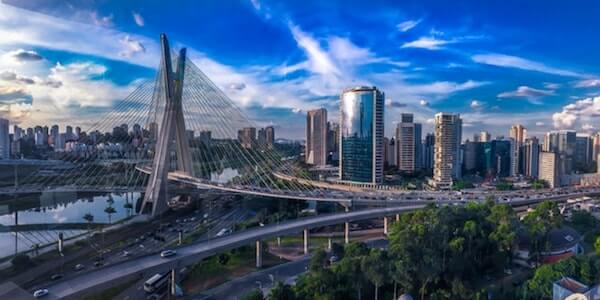Or: Is That a Citrus Fruit You’re Driving?

Lemon? Or Lemonade?
In the automotive world, if there's a name that's synonymous with “lemon,” it's Edsel.
Produced in the late 1950s, the Edsel is something auto buffs commonly refer to as the worst car of all time. Ford lost $250 million on the Edsel—an absurd amount of money in the 1950s.
You know what, though? In many ways, the Edsel actually wasn't that bad of a car.
We hear a lot of claims about the Edsel. One of the most common: it was underpowered. That's actually not true. At 345 horsepower, it was one of the most powerful mass-produced American cars at the time (only three or four other cars were more powerful during its production run).
Another claim? That the Edsel was unreliable, which is also somewhat untrue. Since the Edsel was only assembled in Ford and Mercury factories, not in its own factory, quality control was difficult. And so a certain number of Edsels at certain factories turned out pretty badly, often with missing parts.
The Edsels that were completed—and had all their parts—were quite reliable, even for an already-reliable mid-century Ford. It was also the first car to include self-adjusting brakes and automatic lubrication, which later became industry standards.
So, why did the Edsel fail? There were a couple reasons, starting with Madison Avenue.
The Edsel was so drastically over-hyped that the American public was, essentially, expecting a spaceship. When they just got another bland, boring Ford, the public turned against it in droves. (Or, rather, they just didn't buy it in the expected numbers.)
Despite those problems and statistics, the Edsel remained a high-selling car (accounting for 5% of total car sales in 1958).
Original expectations, though, were for sales to be much higher, so Ford manufactured too many. And now combine that with a short economic recession in 1957 and 1958, and you see the lemon status come into full bloom.
Yes, the Edsel had other problems, including a lack of name brand recognition. What might have put the kibosh on the entire effort, though, is this: the Edsel was a really ugly-looking car.




